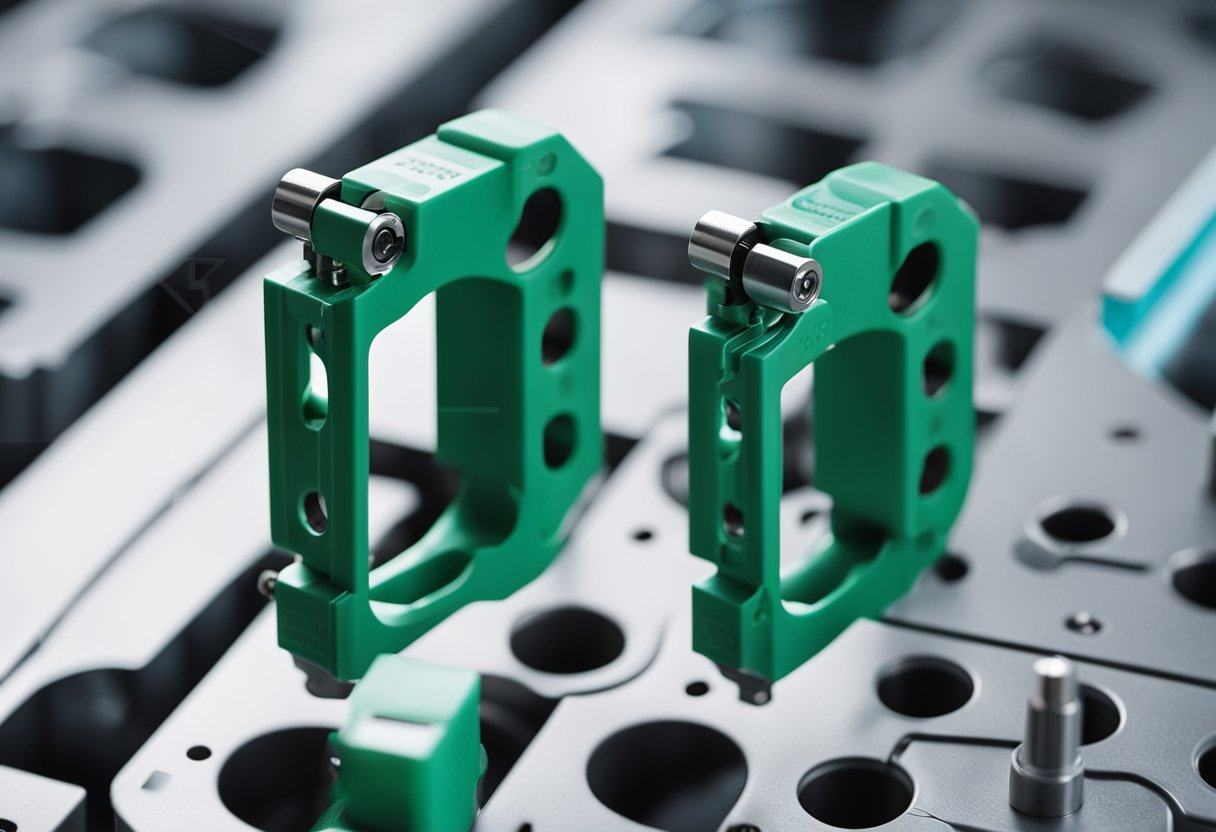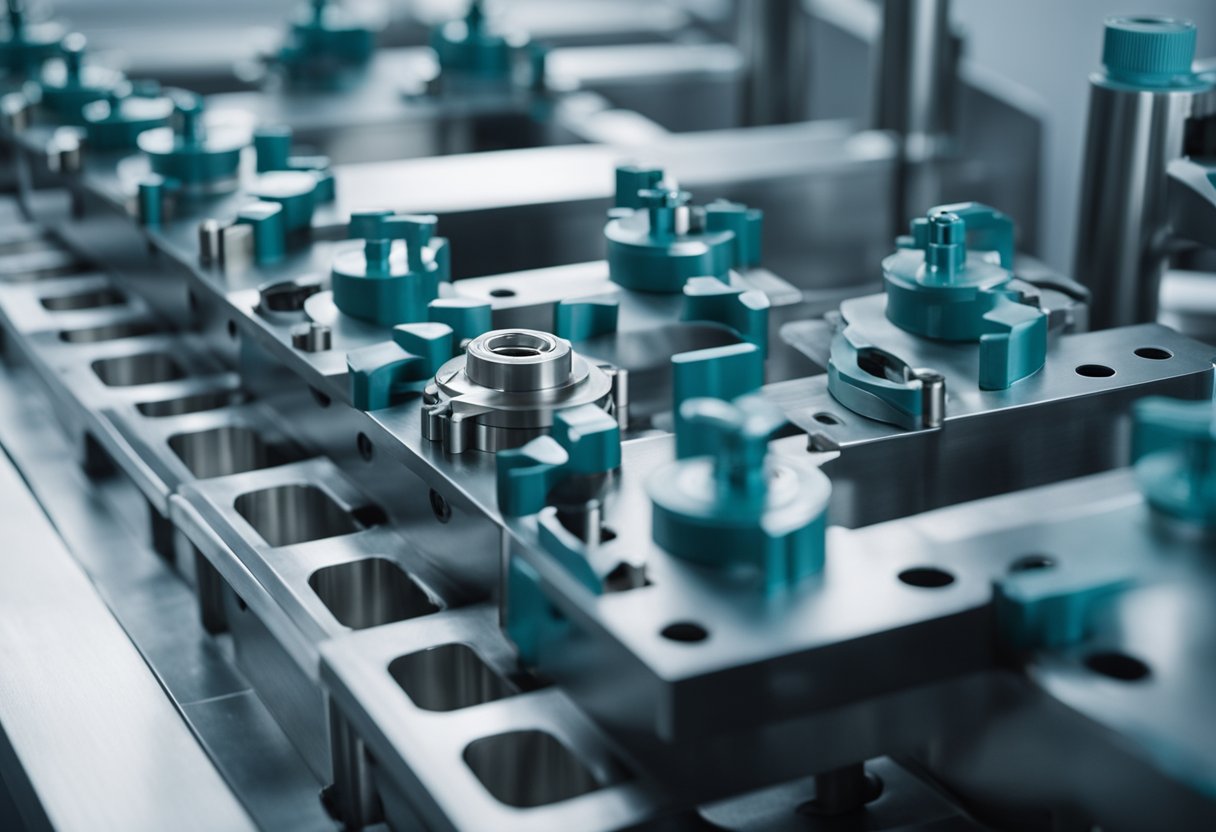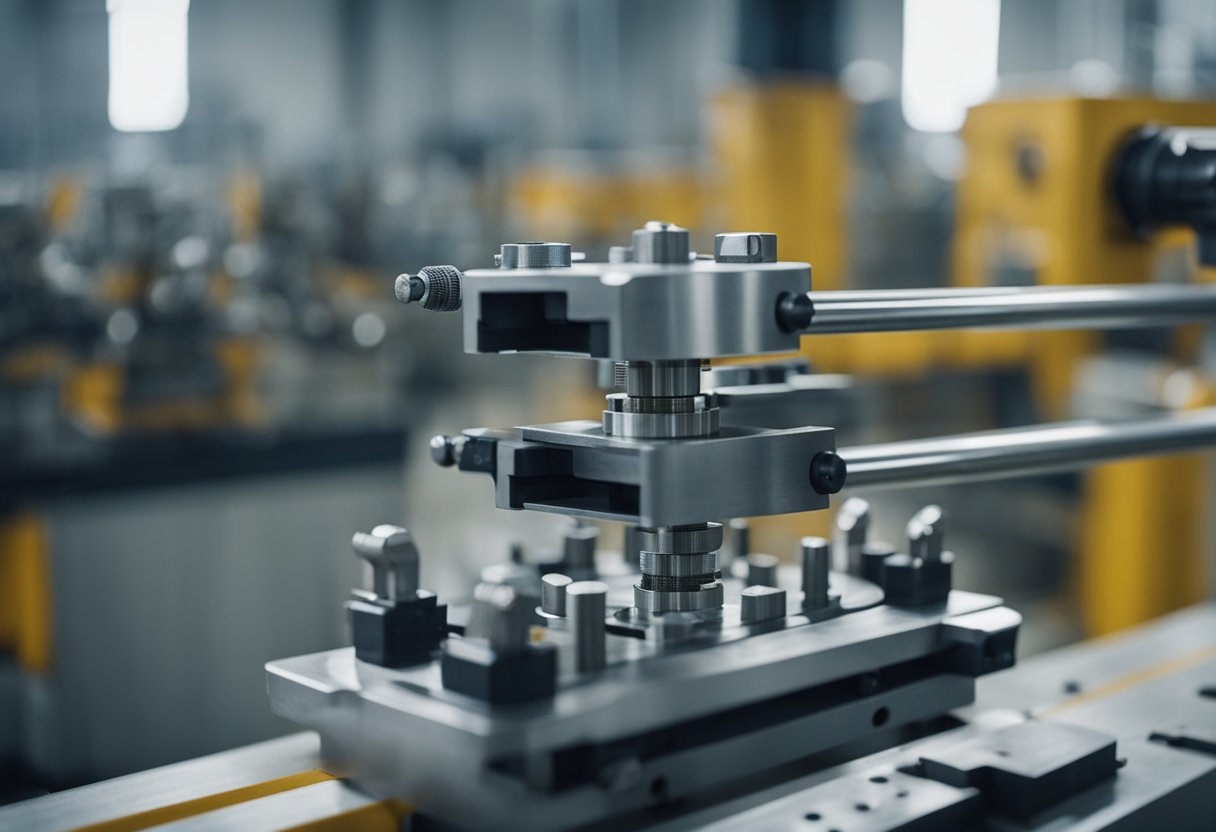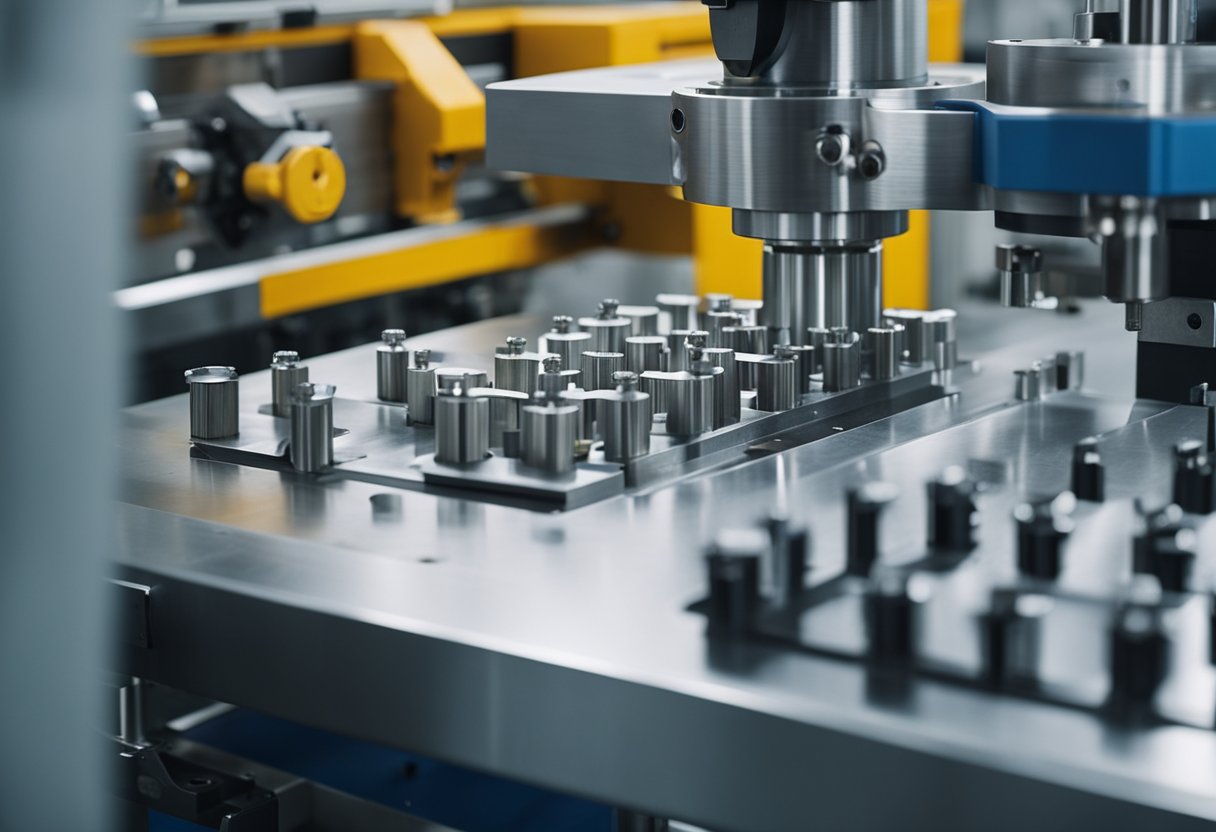If you're involved in the plastic injection molding industry, you know that mold clamps are a critical component of the process. Mold clamps are used to secure the mold halves together during the injection molding process. They ensure that the mold stays in place and that the plastic parts are manufactured to the correct specifications.

There are different types of mold clamps available, including hydraulic and mechanical clamps. Hydraulic clamps are more expensive than mechanical clamps but offer more precise clamping force control. Mechanical clamps, on the other hand, are more affordable and easier to maintain. The type of mold clamp you choose will depend on your specific needs and budget.
It's important to choose the right mold clamp for your injection molding process. The right clamp will ensure that your plastic parts are manufactured to the correct specifications and that your process runs smoothly. In the following sections, we'll explore the different types of mold clamps available and how to choose the right one for your application.
Basics of Mold Clamps

Mold clamps are an essential component of injection molding machines, used to hold the mold in place during the injection process. They come in various shapes and sizes, and their design depends on the type of mold and the machine on which it is used.
Types of Mold Clamps
There are several types of mold clamps available, each with its unique features and benefits. Some of the most common types include:
- T-slot clamps: These clamps are inserted into the T-slots of the machine's platens and are tightened by turning a bolt. They are easy to install and adjust, making them a popular choice for many injection molding applications.
- Toe clamps: These clamps are attached to the bottom of the mold and tightened by turning a bolt. They are ideal for molds that have a flat bottom and are often used in high-speed injection molding applications.
- Strap clamps: These clamps are made of a metal strap that wraps around the mold and is tightened by turning a bolt. They are ideal for molds that have a complex shape and require a strong, secure hold.
Functions of Mold Clamps
The primary function of mold clamps is to hold the mold in place during the injection process. This ensures that the mold remains stationary and does not move or shift, which can cause defects in the final product. Mold clamps also help to maintain the proper alignment of the mold, which is essential for producing high-quality parts.
In addition to holding the mold in place, mold clamps also help to distribute the clamping force evenly across the mold. This prevents the mold from warping or distorting during the injection process, which can lead to defects in the final product.
Overall, mold clamps are an essential component of injection molding machines, and choosing the right type of clamp for your application is crucial for producing high-quality parts.
Injection Molding Process

Injection molding is a manufacturing process used to produce parts by injecting molten material into a mold. The process can be divided into several stages, including mold clamping, injection, cooling, and ejection. In this section, we will focus on the mold clamping mechanism and mold clamping force calculation.
Mold Clamping Mechanism
The mold clamping mechanism is responsible for holding the two halves of the mold together during the injection molding process. It consists of a stationary platen and a movable platen, which are connected by a tie bar system. The tie bar system ensures that the platens move in parallel, ensuring that the mold remains closed during the injection and cooling phases.
The mold clamping mechanism also includes the mold clamping system, which applies the necessary force to hold the mold halves together. The force required to hold the mold closed during injection is called the mold clamping force.
Mold Clamping Force Calculation
The mold clamping force required for injection molding depends on several factors, including the projected area of the part, the number of cavities in the mold, and the material being used. The projected area of the part is the area of the part that is visible from the direction of the clamping force.
To calculate the mold clamping force, you can use the following formula:
Mold Clamping Force (tons) = projected area of the part (in²) x injection pressure (psi) / 2000
For example, if the projected area of the part is 10 square inches and the injection pressure is 20,000 psi, the mold clamping force required would be:
Mold Clamping Force = 10 x 20,000 / 2000 = 100 tons
The mold clamping mechanism and mold clamping force calculation are essential to the injection molding process. Understanding these concepts can help you optimize your injection molding process and produce high-quality parts.
Mold Clamp Design

When it comes to mold clamps for injection molding, there are a few key design considerations to keep in mind. Proper design can help ensure that your molds are securely held in place during the injection process, preventing any shifting or movement that could result in defects or other issues.
Material Selection
One of the most important considerations when designing mold clamps is the choice of material. Mold clamps are typically made of hardened steel, which is able to withstand the high pressures and temperatures involved in the injection molding process. However, there are different grades of steel available, each with their own strengths and weaknesses. It's important to choose a material that is strong enough to hold your molds in place, but also durable enough to withstand repeated use.
Clamp Size and Specifications
Another important consideration when designing mold clamps is the size and specifications of the clamps themselves. Mold clamps come in a variety of sizes and shapes, and it's important to choose the right clamp for your specific application. Factors to consider include the size and weight of your molds, the size of your injection molding machine, and the amount of clamping force required to hold your molds in place.
In addition to size and specifications, other features to consider when designing mold clamps include the number and placement of clamp bolts, the shape of the clamping surface, and the type of locking mechanism used to hold the clamp in place. By carefully considering these factors, you can ensure that your mold clamps are designed to provide the optimal level of performance and reliability for your injection molding process.





